Behind the NASA universe exploration, the power of machine learning cannot be ignored.
Editor’s note: This article comes from the WeChat public account “AI Front” (ID: ai-front) .
Author | harkiran78
Translator | Sambodhi
Planning | Li Dongmei
NASA is not only the originator of software engineering, but also extremely advanced in software architecture. We once compiled “How does NASA do, the originator of software engineering, is not afraid of downtime in space?” “. Not surprisingly, in the field of machine learning, NASA is not inferior to those world-class technology companies. Let us take a look at what machine learning technologies are used by NASA?
Machine learning is essential in space exploration
From studying the Earth ’s outer atmosphere to looking for signs of life on other planets, there are traces of NASA ’s involvement. In today’s era where everything is inseparable from data, machine learning plays an important role in the field of space discovery. The amount of data generated by NASA ’s various spacecraft and satellites is staggering (for example, only a Sloan Digital Sky Survey (Sloan Digital Sky Survey) project will generate more than 50 million images of galaxies in the future), so in order to identify these Machine learning is essential for patterns in data.
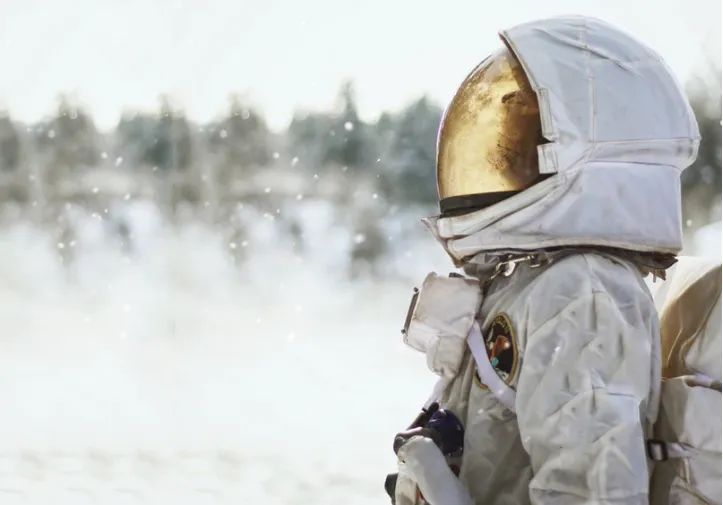
In the future, machine learning can also be used to detect astronauts ’health in space, perform intelligent maintenance of spacecraft, discover more planets in other galaxies, and make some more wonderful explorations. In fact, as long as it involves space and machine learning, it means unlimited possibilities.
Here, let ’s first understand which machine learning applications NASA uses for space exploration.
Machine learning applications used by NASA
Rover on Mars: Courage and Opportunity
If you think Tesla, Google, Uber, etc. were the first companies to invest heavily in self-driving cars, you might be wrong. In fact, as early as ten years ago, NASA had already invented something that could be used on Mars.Self-Driving Rovers on Mars (Self-Driving Rovers on Mars). In 2004, the Mars rover “Spirit” and “Opportunity” were equipped with a set of machine learning-based navigation and driving systems called AutoNav. Another Mars rover, Curiosity, launched in 2011, is also equipped with AutoNav. Until now, this Mars rover is still exploring Mars. Its mission is to find water and other things that can make Mars suitable. Mankind to explore the material.
Perhaps you would think that driving on Mars is much easier than driving on a congested earth. But in fact, this matter is not easy. Although AutoNav does not need to worry that the rover will hit other vehicles or humans (no signs of life have been found on Mars), there are many rocks on the surface of Mars, so the navigation system must ensure that the rover will not hit the rock or fall In the smooth dunes, otherwise the rover will be trapped there forever.
Another application of machine learning in Mars rover is an algorithm called “AGEIS” (Autonomous Exploration for Gathering Increased Science, that is, autonomous exploration to collect more scientific knowledge), which uses machine learning to discover autonomously The Martian rock method is more interesting because the Mars rover cannot transmit all the Martian photos taken to Earth due to limited communication capabilities. Therefore, AEGIS will automatically determine which pictures may be interesting or important, and then the rover will transfer them back to the earth for NASA scientists to study.
Space medicine: exploring medical capabilities
Astronauts are now exploring farther and farther into space beyond Earth ’s orbit, but what if their bodies are in trouble and need medical help? Obviously, they cannot return to the earth to see a doctor. For this reason, NASA is committed to using machine learning to explore medical capabilities. In the future, this medical solution can meet the medical needs of astronauts. These medical plans will be created by certified doctors and surgeons, who will continue to improve the medical plan according to the different conditions of different astronauts.
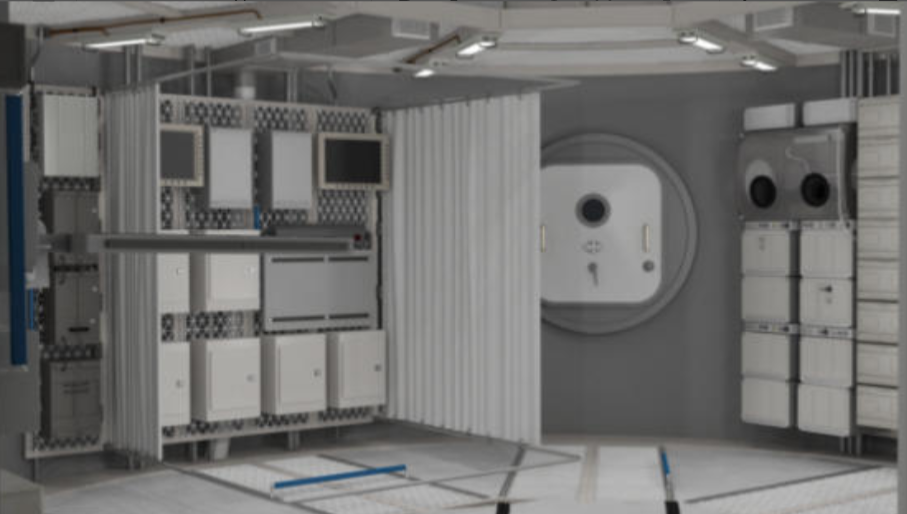
All in all, the main purpose of exploring medical capabilities is to allow astronauts in space (especially to perform long-term, long-distanceDuring the task) to maintain good health. The space environment is not as beautiful as described in comic books. Space travel is often inseparable from radiation hazards, severe environmental challenges, problems caused by gravity changes, and so on. In this case, due to the time delay, astronauts cannot directly contact doctors on Earth, so ExMC (Exploration Medical Capability) will use machine learning to provide autonomous medical care with the help of telemedicine technology.
Find other planets in the universe: planetary spectrum generator
The universe is endless. NASA believes that there are about 100 billion stars in the Milky Way, of which about 40 billion may have life. This is not science fiction. NASA really believes that we will find aliens someday. But before discovering aliens, NASA first needs to constantly discover more new planets in different solar systems. Once these exoplanets are discovered, NASA will measure the atmospheric spectrum of these planets to explore the possibility of life on these planets.
Although these steps are very obscure and complicated, the trickier thing is that there is still no real data available for the experiment. Therefore, NASA scientists can only generate the required data for experimentation through machine learning, which is the real “place of use” for machine learning. The Planetary Spectrum Generator is a tool used by NASA to create 3D orbits and atmospheric characteristics of exoplanets. In addition, scientists also use linear regression and convolutional neural networks to build working models of the solar system. Then, before training the model, further fine-tune it.
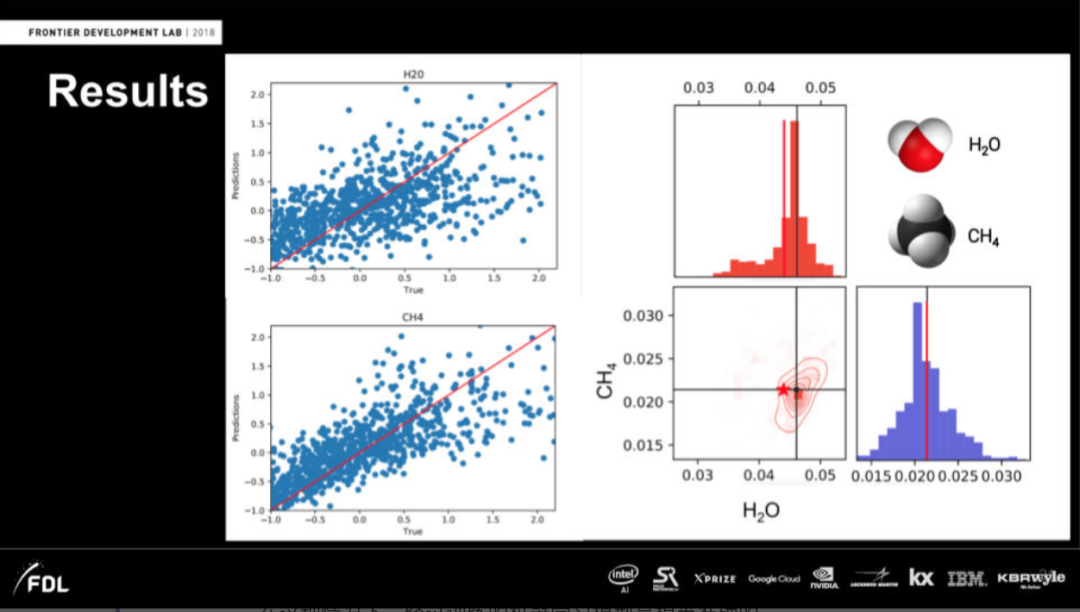
The above picture is the result of an exoplanet, showing the water and methane content in the atmosphere. As you can see in the CH4 and H2O diagrams, the black line represents the predictions made using machine learning, and the red line represents the actual results. As you can see, in this case, the trained machine learning model is quite accurate.
Robot astronaut: Robonaut
So far as science has developed, astronauts are no longer limited to humans. NASA has now developed robot astronauts, and the scenes in science fiction have become a reality. Robonaut’s research and development is mainly to work with astronauts in space to help them complete tasks that are more dangerous for humans. This will enhanceNASA’s ability to conduct research and exploration in space allows us to learn more about the solar system.
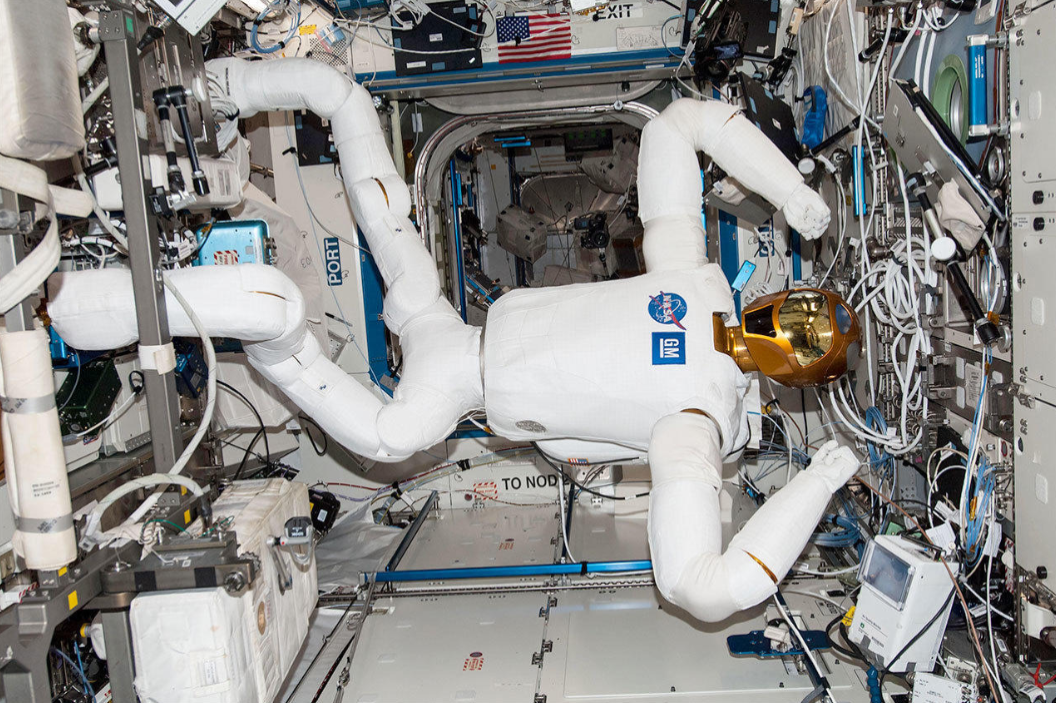
Legend: Robonaut on the International Space Station
As you can see from this picture, the robot astronaut has now become an indispensable “assistant” in space exploration. To achieve this, Robonaut can basically use machine learning to “think autonomously”. Scientists or astronauts can hand over tasks to robot astronauts, and it will figure out how to perform these tasks.
Overall, compared to human astronauts, Eobonaut has many advantages, such as advanced sensors, amazing speed, compact design and greater flexibility. Many advanced technologies were used in the development of Robonaut, including touch sensors on fingertips, full neck movement range, high-resolution cameras, infrared systems, advanced finger and thumb movements, and more.
Lunar Navigation: Deep Learning Planetary Navigation
It may not matter if people get lost on the earth, as long as they use GPS to reach their destination. But if you get lost on the moon, it is not so easy to deal with, because GPS cannot be used on the moon (at least for now). Recently, NASA’s Frontier Development Lab (FDL) is working on a project to provide guidance for the surface of celestial bodies, including the moon. The main purpose of the project is to provide GPS even on the surface of the moon without using multiple expensive satellites.
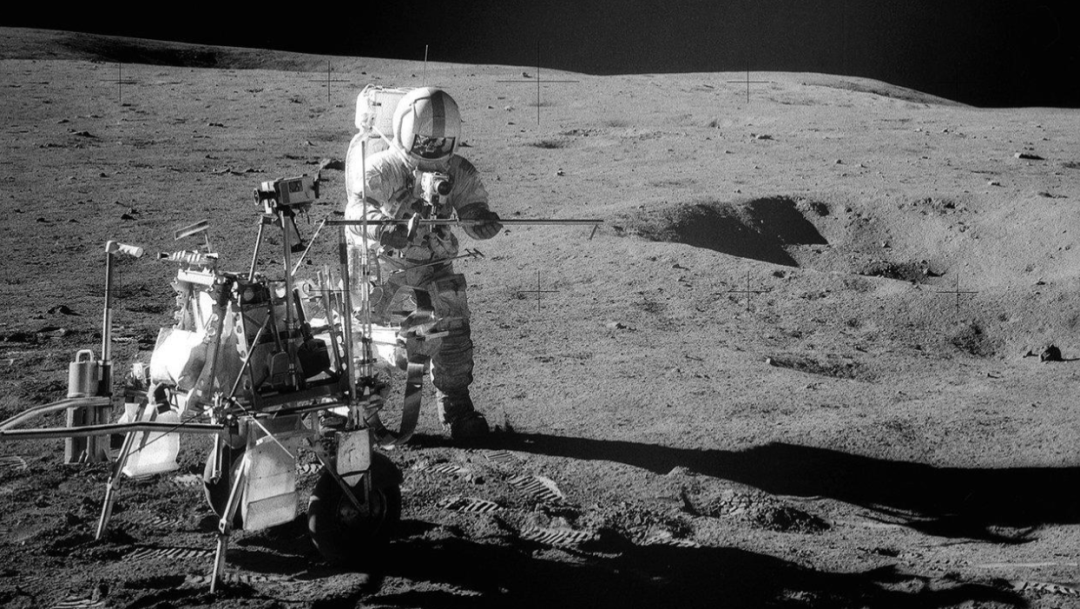
It is not easy to navigate the barren and rocky lunar surface, and it is necessary to provide a large number of moon images to the machine learning system (2.4 million pictures are required to complete this task. Fortunately, NASA has enough pictures ), And then use the neural network to create a virtual version of the moon to achieve. After the project is completed, if you get lost on the moon, you can take an image of the surrounding environment, and the machine learning system will take a comparison shotThe captured images and the virtual moon surface image database that have been created to triangulate your location. Although this technology is not very mature (as it currently is), it is still more advanced than any existing technology, and it can be used on any planet surface, not just the moon. NASA expects this technology to be applied to Mars to prevent anyone from getting lost on this red planet.
Conclusion
Artificial intelligence is changing the way we see the world, and the way we explore the universe. In the future, we can apply more machine learning technologies to accomplish tasks that were once unimaginable. With the deepening of research, machine learning will be as full of possibilities as the universe.
Original link:
https://www.geeksforgeeks.org/how-does-nasa-use-machine-learning/